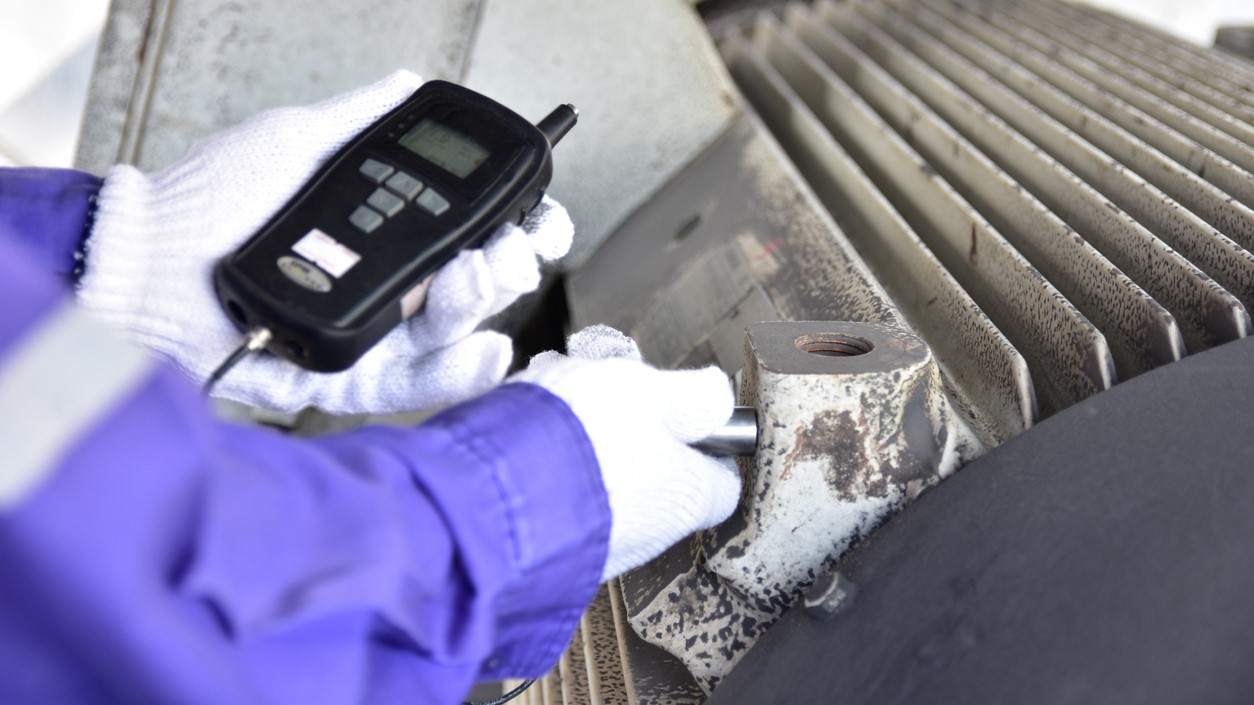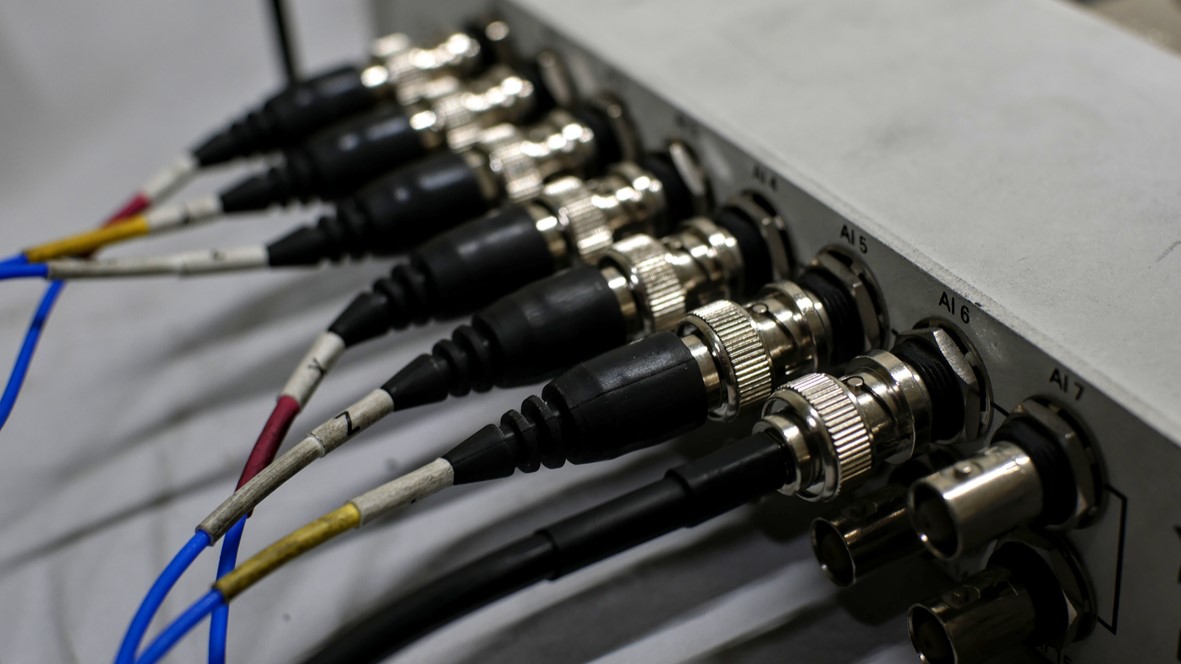What is Sound & Vibration Testing

Sound and vibration testing is an important process used to measure and analyze the sound, noise, and vibrations of various objects or systems. This type of testing is crucial in understanding how sound and vibration affect different materials, products, structures, or machinery.
It involves using specialized equipment and techniques to capture data on noise levels, frequencies, amplitudes, and other characteristics related to sound and vibration.
Purpose of Sound and Vibration Testing
The main purpose of a vibration measurement or to measure noise is to identify and evaluate any potential issues or problems related to noise and vibrations.
By measuring and analyzing these factors, engineers can determine whether a product or system meets certain standards, regulations, or customer expectations.
It also helps in identifying areas for improvement in terms of design, construction, or operation. This kind of test is also used for research and development purposes to understand the behavior of materials and systems under different conditions.
Types of Noise and Vibration Testing
There are various types of noise and vibration testing methods depending on the specific application or industry. Some common types include:
- Modal Analysis: This method is used to identify natural frequencies and mode shapes of a structure or object. It helps in understanding how different parts of a structure or product vibrate and interact with each other
- Acoustic Tests: This type of testing is focused on measuring and analyzing sound waves, including their frequencies, octave band analysis, amplitudes, and other characteristics. Acoustic testing is often used for noise control and reduction purposes or analyzing how a product sounds.
- Vibration Tests: This method is used to measure and analyze vibrations in a product or system, pinpointing root cause potential failure points, design flaws, or weak spots. Vibration analysis is often used in industries such as aerospace, automotive, and construction.
- NVH Testing: NVH stands for noise, vibration, and harshness. This type of testing is specific to the automotive industry and focuses on evaluating a vehicle's ride quality, interior noise levels, and overall driving experience.

How To Measure Noise and Vibration
The process of measuring noise and vibration involves using specialized equipment typical instrumentation is sound level meters, accelerometers, load cells, force gauges, and signal analyzers.
The type of equipment used will depend on the specific testing requirements and location.
Making an accurate measurement can be quite challenging. This complexity is primarily due to the variety of environmental factors and sources of interference that can affect readings.
Typically you make measurements according to standards, e.g. an ISO standard for a specific measurement.
Dedicated software is also utilized to interpret complex datasets, often with advanced algorithms capable of distinguishing between pertinent signals and background noise. This software enables technicians and engineers to conduct detailed analyses, ensuring that the measurements taken are as accurate as possible.
Importance of Reducing Noise and Vibration
Sound and vibration testing is crucial for several reasons, including but not limited to:
- Quality Control: By conducting these tests, manufacturers can ensure that their products meet certain quality standards. This helps in reducing defects and improving unwanted noise and overall customer satisfaction.
- Safety and Compliance: Certain industries have strict regulations for noise levels and vibrations due to safety concerns. Sound and vibration testing helps companies comply with these regulations and ensure the safety of workers and the public.
- Cost Savings: Detecting and resolving potential issues related to noise and vibration early on can save companies a significant amount of money in repairs, replacements, or liability costs.
- Research and Development: Sound and vibration testing is essential for understanding the behavior of materials, systems, and structures. This helps in improving designs, identifying new applications, or developing more efficient products.
Conclusion
Sound, noise, and vibration testing play a critical role in various industries, especially in manufacturing and construction.
It helps in identifying potential problems, ensuring safety and compliance, improving product quality, and spurring innovation.
By leveraging the right tools and techniques for noise and vibration testing, companies can stay ahead of the competition and deliver high-quality, safe, and efficient products to their customers. So, it is vital to pay attention to this kind of test for overall success in various industries.